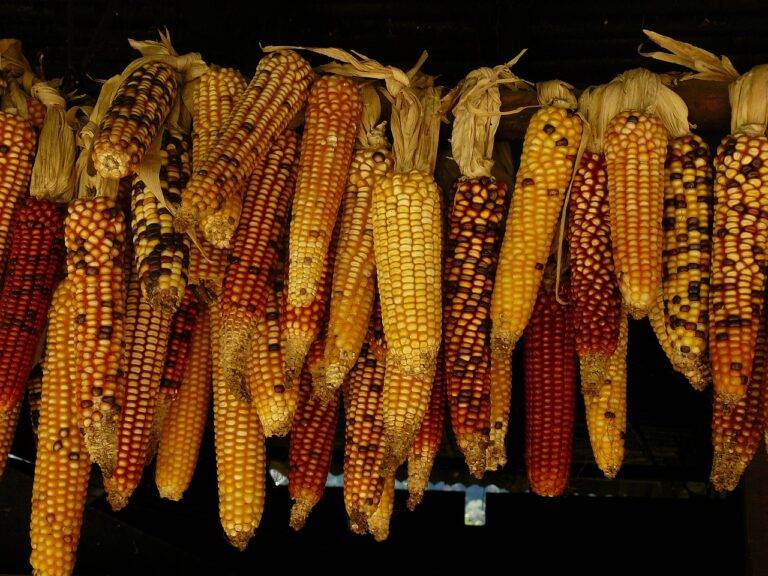Globalization and Food Industry Practices
Cross-cultural exchange has significantly influenced culinary traditions across the globe. As people from different cultures interact and share their cuisines, new flavors, ingredients, and cooking techniques are introduced and integrated into traditional dishes. This fusion of culinary practices has resulted in a rich tapestry of diverse food offerings that reflect the interconnectedness of the world’s food culture.
Furthermore, cross-cultural exchange has led to the popularization of various international dishes in different parts of the world. For example, sushi has become a global phenomenon, transcending its Japanese origins to be enjoyed by people of various cultural backgrounds. This sharing of culinary knowledge has not only expanded people’s palates but has also fostered a greater appreciation and understanding of different cultures through the universal language of food.
• The blending of different culinary traditions has led to the creation of unique fusion dishes that combine elements from various cultures.
• Cross-cultural exchange in the culinary world has also paved the way for chefs to experiment with new ingredients and cooking methods, pushing boundaries and creating innovative dishes.
• Food festivals and events celebrating diverse cuisines have become popular around the world, showcasing the richness and diversity of global culinary traditions.
• The exchange of culinary practices has not only influenced traditional recipes but has also sparked conversations about food sustainability, cultural appropriation, and food justice on a global scale.
The Rise of Fast Food Chains in Developing Countries
Fast food chains are rapidly expanding in developing countries, offering convenient and affordable dining options to a growing consumer base. These chains often adapt their menus to cater to local tastes and preferences, combining global favorites with traditional flavors to appeal to a diverse audience. As a result, fast food is becoming an increasingly popular choice for consumers looking for quick and tasty meals.
The rise of fast food chains in developing countries has not only changed the dining habits of the local population but has also influenced the food culture and culinary landscape of these regions. With the introduction of Western-style fast food, there has been a shift towards more standardized and processed foods, leading to concerns about the impact on health and nutrition. Despite these challenges, the popularity of fast food chains continues to grow, illustrating the evolving food choices and preferences of consumers in developing countries.
The Role of Technology in Agribusiness and Food Distribution
Technology has significantly transformed the landscape of agribusiness and food distribution. The introduction of advanced machinery and equipment has increased efficiency in farming practices, leading to higher crop yields and improved productivity for farmers. Additionally, the use of drones and satellite technology has enabled farmers to monitor their crops more effectively, allowing for early detection of diseases and pests.
In terms of food distribution, technology has revolutionized the way products are transported and stored. The implementation of blockchain technology has helped to enhance transparency and traceability in the supply chain, ensuring that food products reach consumers in a safe and timely manner. Furthermore, the use of data analytics and artificial intelligence has enabled companies to optimize their logistics operations, reducing costs and minimizing food waste during transportation.
How has technology improved agribusiness operations?
Technology has allowed for more efficient crop monitoring, automated farming equipment, and improved communication between farmers and distributors.
What role does technology play in food distribution?
Technology helps track and manage inventory, optimize delivery routes, and improve supply chain transparency in food distribution.
How has cross-cultural exchange impacted culinary traditions?
Cross-cultural exchange has led to the fusion of different cooking styles and ingredients, creating unique culinary experiences around the world.
Why have fast food chains become popular in developing countries?
Fast food chains offer convenient and affordable meal options that cater to the fast-paced lifestyles of people in developing countries.
How can technology help reduce food waste in agribusiness?
Technology can help farmers better predict demand, optimize harvesting schedules, and monitor storage conditions to reduce food waste in agribusiness.







